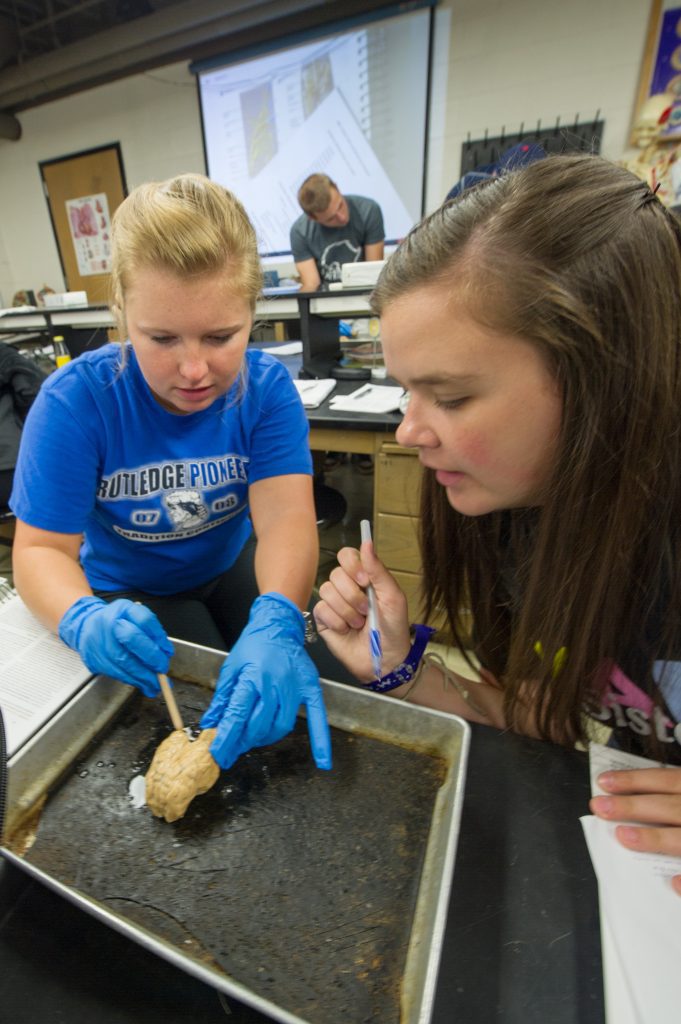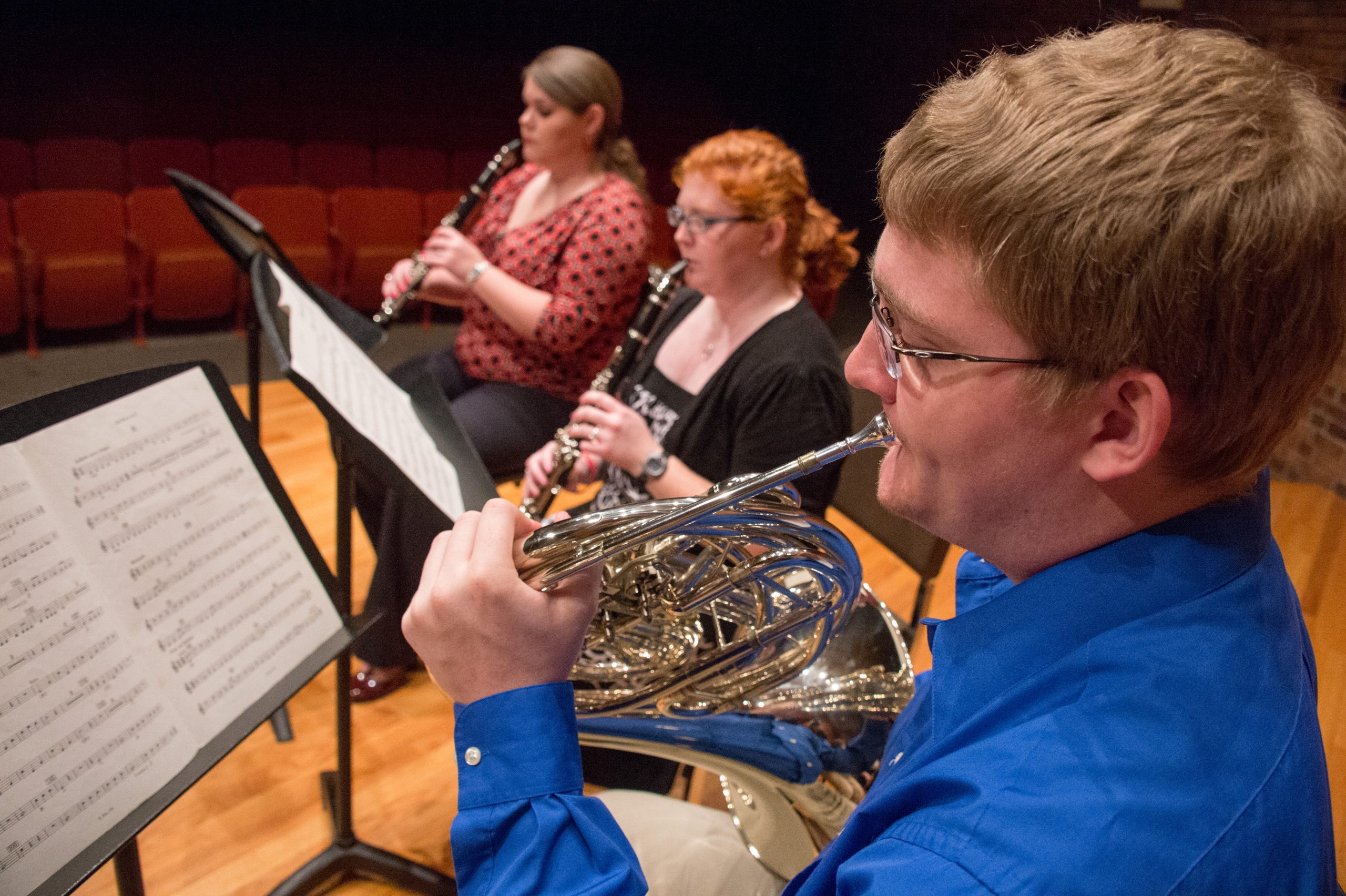Some folks choose a telephoto lens to see how close a subject can appear – a bear, for instance. But, unfortunately, these same people doubtlessly chose a wide-angle lens to get-it-all in the picture, usually a landscape picture.
If these people studied the work of professional photographers, they would probably be surprised to find that the pros do just the opposite. A professional photographer picks the lens (tool) to use based on what that tool will allow him to do. It is the same for a skilled carpenter; he likes a tool to carry out a specific task.
Get Closer
Robert Capa, a famous war photographer, once said, “If your pictures aren’t good enough, you’re not close enough.” Mr. Capa wasn’t advocating using longer lenses; he was telling us to get closer physically, to become more involved and intimate with our subjects.
A telephoto lens and a wide-angle lens help us tell the same story differently. The choice of lens is like a writer choosing which words to use. It depends on what needs to be said.
A telephoto lens brings subjects closer to the viewer and makes objects in the photograph appear closer together than in reality. A wide-angle lens does the opposite. As a result, things appear further apart than in fact.
Keeping the rendition of extraordinary reality in mind, consider perhaps the most creative or powerful use of a wide-angle lens; when you are incredibly close to someone with a wide-angle lens, you include many of the surroundings. The viewer sees not only the issue but their environment as well.

Move closer with your feet.
Using our feet and not just our zoom lenses to approach a subject, we can make “environmental” portraits. We can now show what they look like, where they are, and what they do. It is now easy for our viewers to relate to our subjects. The photo carries a great deal of information.
I love to show where someone works and what they do for a living. By getting close, the subject is predominate and not a little speck in the middle of a photo.
I can have the person pause whatever they are doing and casually look at the camera, and if I time it just right, I can show them at ease with a pleasant expression. The photo becomes personal to the viewer by being close because I became personal with the subject. You can’t communicate what you do not experience with the camera.
Why is a photo usually better when you are closer to the subject? The wider the lens, the more you get this feeling of being there.
Problems to avoid
There are a couple of problems to be aware of in working with wide angles this close to a subject.
1) It is difficult to use a wide-angle lens in tight without distortion of people and the surroundings: the wider the lens, the more pronounced this problem. A wide lens, like 28 mm, is much easier to use than an extremely wide angle, like 20 mm or wider. Of course, the wider lenses seem to help with creativity.
We’ve all seen shots where the walls look like they are falling forward or backward, or the clock on the wall and the place on the table are ovals instead of circles. This type of distortion, converging lines, can be used for good, but rarely; the general rule is to avoid these distortions. Practice helps.
Keep the subject out of the corners of the picture to avoid bending their head or body out of shape. Keep them out of the center as well since this creates a negative tension (but maybe that’s what you want). Using the super wide-angle lenses is an actual balancing act. In creative work, nothing is cut and dried, and that’s why two photographers can cover the same story, and their pictures will be nothing alike.
2) Another problem, if these weren’t enough, with up close and personal wide-angle shots has nothing to do with technical evils. Working this close to someone can make you uncomfortable. This feeling will transfer to the up close person causing another problem.
Remember some tricks to keep you comfortable during close to avoid this “in your face” quandary.

Tips on getting people to relax
First, tell them what you will do and get their permission before you move in for the shot. A funny thing happens when you do this—they usually get a little excited, are cooperative, and feel like they are a part of the photograph-making rather than just the subject.
Second, they understand that you (and your client) consider them valuable and think enough of them that you want their picture. Therefore, you want to include them in the project.
Third, most people (regardless of what they say) are flattered when you ask them to be in a photo. However, they need help to make it enjoyable.
Using a telephoto lens, you can make a great head and shoulders portrait with good perspective, but it can be too selective to narrow a view to telling a story about a person. But it is possible, and it depends on what you want to say and the circumstances of the shoot.
Working close to people with wide-angle lenses tells their stories intimately and personally.
Watch the distortion, the composition, the projecting of uncomfortable feeling to your subject as a result of working so close, use the background to help tell the story, keep your eye on the ball, your shoulder to the wheel, tote that barrel, lift that bail, load sixteen tons and if all these freaks you out—call me. I get freaked out when the pipes are clogged or the water heater leaks. That’s why I call a plumber.

